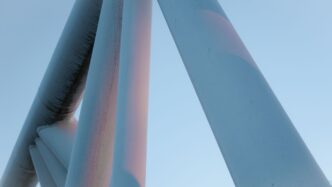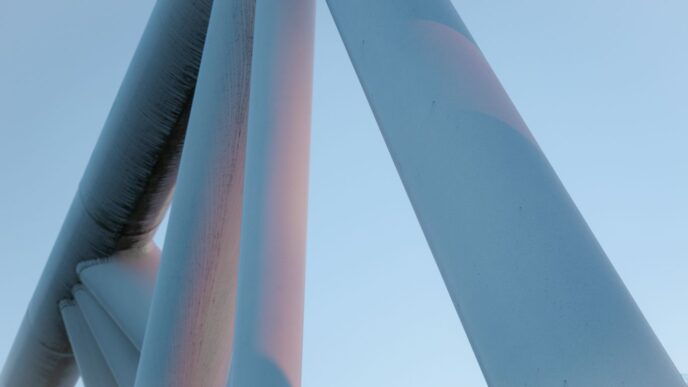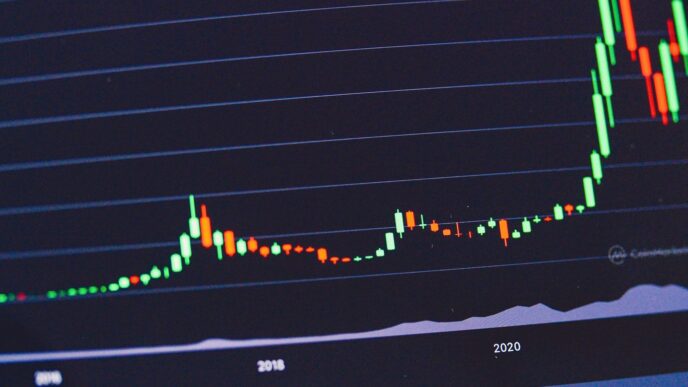Sweden has embarked on a groundbreaking project to construct a final storage facility for spent nuclear fuel, designed to securely contain highly radioactive waste for an astonishing 100,000 years. This initiative marks a significant step in addressing the global challenge of nuclear waste disposal and supports the country’s transition to sustainable energy sources.
Key Takeaways
- Sweden’s new facility is the second of its kind globally, following Finland’s lead.
- The Forsmark repository will be located 150 kilometers north of Stockholm, featuring 60 kilometers of tunnels buried 500 meters deep.
- The project is expected to cost around 12 billion crowns (approximately $1.08 billion) and will be funded by the nuclear industry.
- The facility aims to begin accepting waste in the late 2030s, with full operations anticipated by 2080.
- Safety concerns persist, with calls for further checks on the integrity of the storage capsules.
The Forsmark Repository
The Forsmark repository is set to become a crucial component of Sweden’s nuclear waste management strategy. It will house approximately 12,000 tons of spent nuclear fuel, which will be encased in corrosion-resistant copper capsules. These capsules will be packed in clay and buried deep within the ancient bedrock, ensuring long-term containment of radioactive materials.
Environmental Significance
Sweden’s Environment Minister, Romina Pourmokhtari, emphasized the importance of this project for both the nation and the global climate transition. The construction of the Forsmark repository is seen as a vital step in managing the challenges associated with nuclear waste, which has been a pressing issue since the advent of commercial nuclear reactors in the 1950s.
Global Context
Currently, the World Nuclear Association estimates that around 300,000 tons of spent nuclear fuel worldwide require safe disposal. Most of this waste is stored in cooling ponds near the reactors that produced it. As countries like Sweden and Finland advance their nuclear waste management strategies, others are also planning to build new reactors to support the transition away from fossil fuels.
Safety Concerns and Future Plans
Despite the progress, safety concerns remain a significant issue. The Swedish non-governmental organization MKG has raised alarms about the potential for corrosion of the copper capsules, which could lead to leaks of radioactive elements into groundwater. They have called for additional safety checks before the facility becomes operational.
The Forsmark repository is designed to accommodate all waste produced by Sweden’s existing nuclear power plants. However, it will not store fuel from future reactors, as Sweden plans to construct ten additional reactors by 2045. This forward-thinking approach aims to balance energy needs with environmental responsibilities, ensuring a sustainable energy future for the country.
In conclusion, Sweden’s ambitious project to build a 100,000-year storage site for spent nuclear fuel represents a significant advancement in nuclear waste management. As the world grapples with the challenges of climate change and energy sustainability, Sweden’s efforts may serve as a model for other nations facing similar dilemmas.














